Welcome to Week 3 of 5 Weeks of Flexitarian Eating. Were you inspired to make any tofu dishes last week? How did your family react? I hope you’re growing more excited about plant forward eating styles like flexitarianism. This week we’re going to work on increasing the amount of greens and grains in our diet.
Along with beans, greens and grains form the foundation of the flexitarian diet. By mixing and matching among the three you’ll get many combinations to keep your belly full. You will expand your options by examining food from other cultures, like mujaddara, a combination of rice, lentils and Middle Eastern spices.
By greens, I’m talking about hardy leafy greens like kale, collards, swiss chard and spinach, although technically lettuces and members of the cabbage family are included too. There are over 1000 species of edible leaves, can you believe that? It explains some of the unusual looking ones I’ve come across in farmer’s markets. As a group, they are low in calories and fat and high in fiber, iron and calcium.(Wiki) Greens can be stir fried, stewed, steamed or eaten raw. They can be used in smoothies, in salads or as wraps as a bread/tortilla replacement.
Which greens taste the best?
Why, the ones you like, of course! Everyone has their faves. Mine is probably old fashioned collards, but I’m not a fan of eating them raw in salads or as wraps.
The key to cooked greens is this: don’t be shy about adding some kind of fat, don’t overcook them and season them well! Most greens only need to be wilted. Others might take longer to soften, but when they lose their vibrant color your greens may be overcooked. Leftover greens won’t be as colorful but if they’re seasoned well they’ll still be tasty. Salt, onion and red pepper flakes are my go to seasoning, while Rick likes to shake on the vinegar and hot sauce.
Raw greens may be sweet or bitter depending on the type. It’s just a matter of giving them a try and seeing which you like best.
The easiest way to combine greens and grains is in a soup as shown in the Lemony Red Lentil and Onion Soup. More often we’ll add handfuls of kale, chard or spinach (whichever we have in the fridge) near the end of cooking time.
Pastas are another way to combine grains and greens as in our favorite butternut squash and spinach lasagna. For a more Asian twist, try Spinach and Cashew Noodles
Greens will pair with beans, too. White beans, pintos and lentils are good candidates for matching with your favorite greens as in Caldo Gallego the famous soup from the north of Spain.
Aren’t grains bad for you?
The answer is no, and yes. As with many foods the further away from the whole form the less nutrition available. I’m not trying to argue that whole grains are nutritionally equivalent to the myriad convenience products made from the most common grains– rice, corn, and wheat.
Of course there are people who can not tolerate grains for a variety of reasons, I suspect you know if you’re one of them, but the fact remains cereal grains are staples in many cultures. Many nations depend on rice, wheat, millet and corn for subsistence. Rice is used almost universally. Cereal grains can be consumed as a whole grain or ground into flours which can be used in a variety of ways. Non-refined (whole) grains are the best choice nutritionally as refining strips away the portions of the grain which contain the good stuff. (Read more about it at The Whole Grains Council)
In the grocery store you’ll probably find the grains near the dried legumes. Try the Latin section for varieties of rice, and some flours like rice and corn flour. The gluten free section will be an excellent source for grains and flours you may not be familiar with like teff, spelt flour and Bulgar wheat, used to make the Southwestern Tabbouleh in the photo above. When all else fails, make a trip to the local Health Food Store. You’ll find all kinds of good things to eat there not carried by your average grocery store.
There’s a group of foods called pseudo-grains which are used as grains but are technically seeds. Quinoa, amaranth and buckwheat are examples of this. Buckwheat is used to make soba noodles in Japan. In Central and Eastern Europe it’s used in many dishes. Cultivated in Central and South America for thousands of years, quinoa and amaranth are delicious to eat and require a simple preparation. They retain a bit of their crunchiness as they cook so you have to bite through the seeds to get to the soft center which makes a nice change from the softness of other cooked grains. In the photo above, quinoa was used to make a vegan porridge for breakfast, along with some stewed apples and slivered almonds.
Your Week Three Assignment
This week is a two part assignment. First I want you to either try a new grain, or try an old standby in a different form. For example, rice noodles instead of the regular wheat ones. Or you could your meal over a blend of grains instead of rice. Look for the microwaveable convenience packs and give them a try before committing to something you might not like.
I’m sure you can guess the second part. Eat some greens! Preferably some that are new to you. If you like spinach, you’ll probably like chard. It cooks up in much the same way and the young leaves can be eaten raw. Or try a different type of lettuce. Throw some arugula into your soup near the end of cooking or add spinach to your sandwich instead of iceberg lettuce.
Still a no? Make any meatless meal that appeals to you.
Be sure to come back and tell me about your meal in the comments.
If you follow me on Lydia’s Flexitarian Kitchen’s Facebook Page you can even share a photo!
See these links for the rest of the series:
Week 1: Beans
Week 2: Let’s Talk Tofu
Week 3: Grains and Greens
Week 4: Dairy or No?
Week 5: Going Full Flexitarian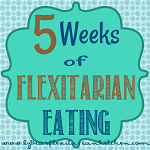
NOTE: It’s 2019 and in the five years since I originally wrote this post the market for heirloom grains, vegetables and beans has really expanded. We have more to choose from than ever before. I’ve updated the post to include more recent recipes and photos.

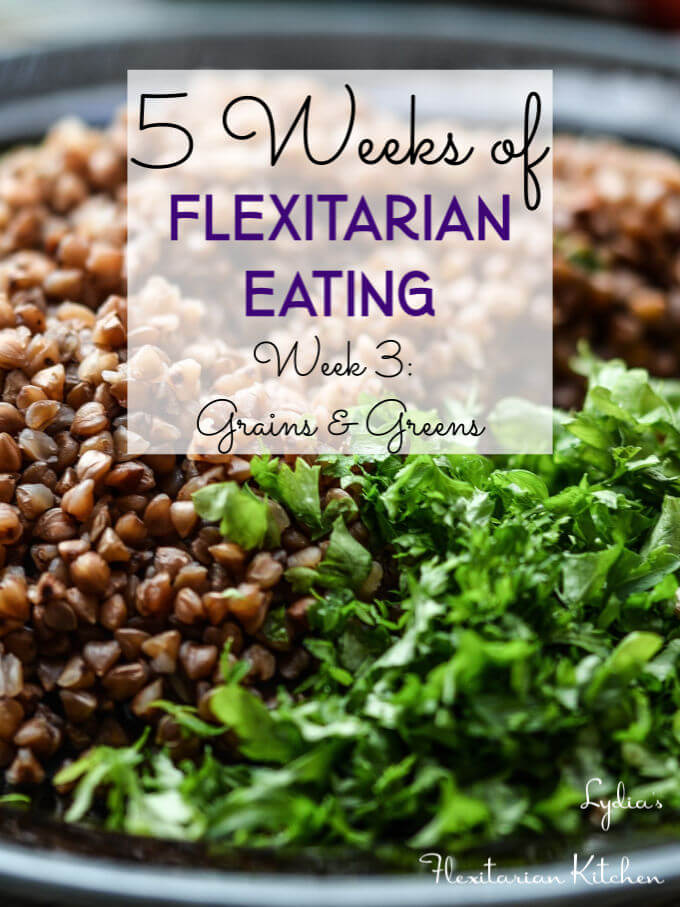
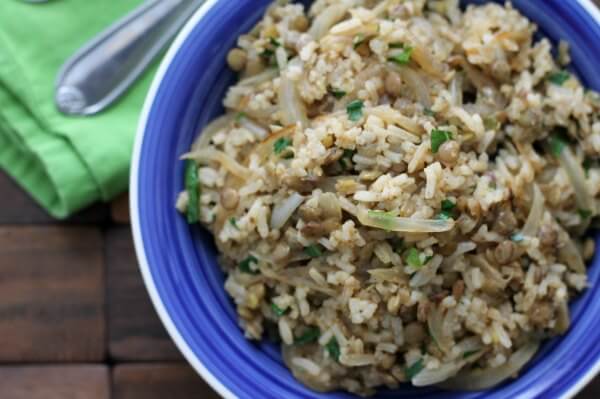
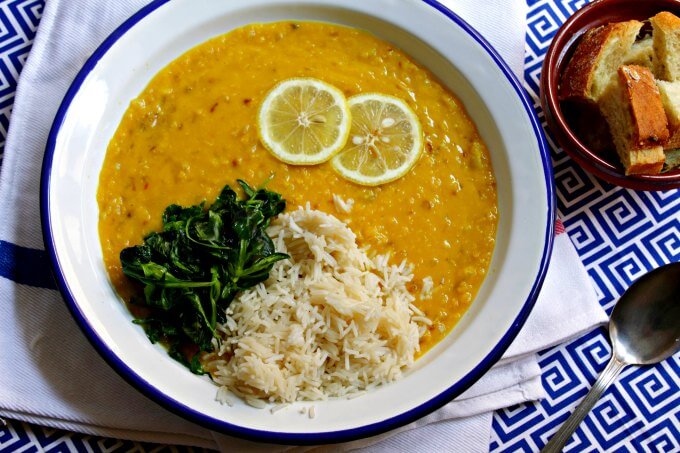
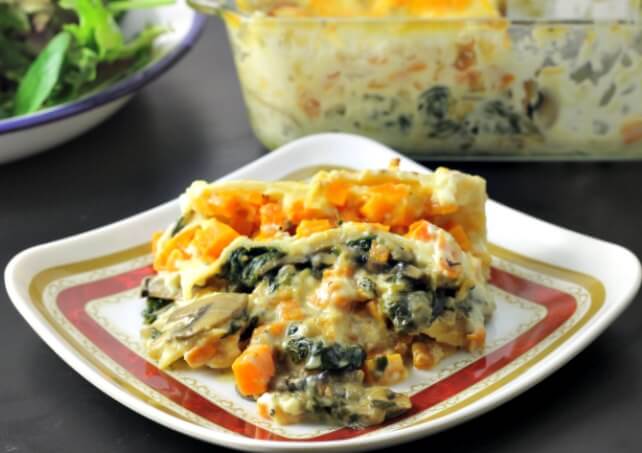
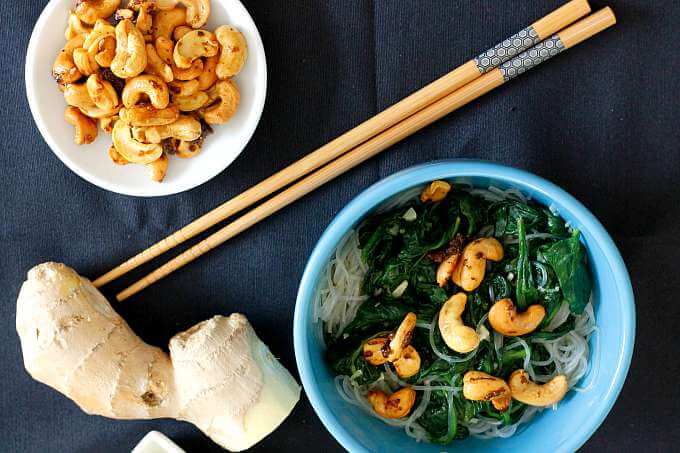
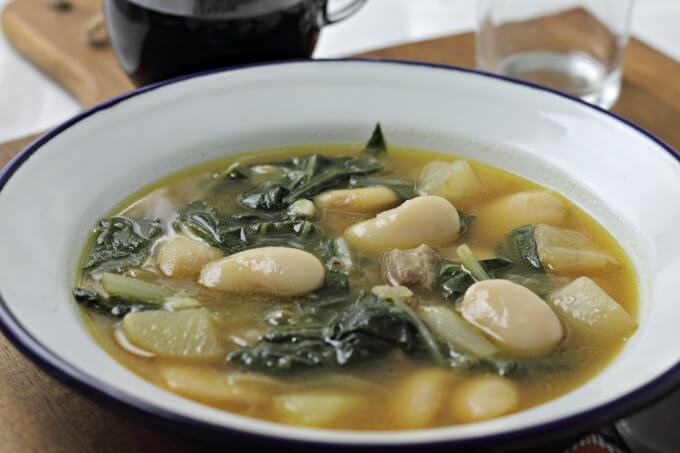
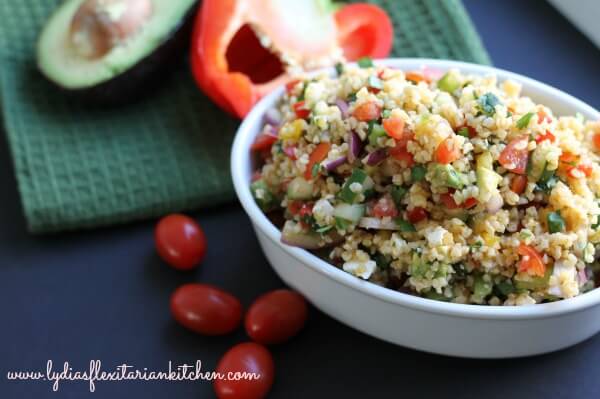
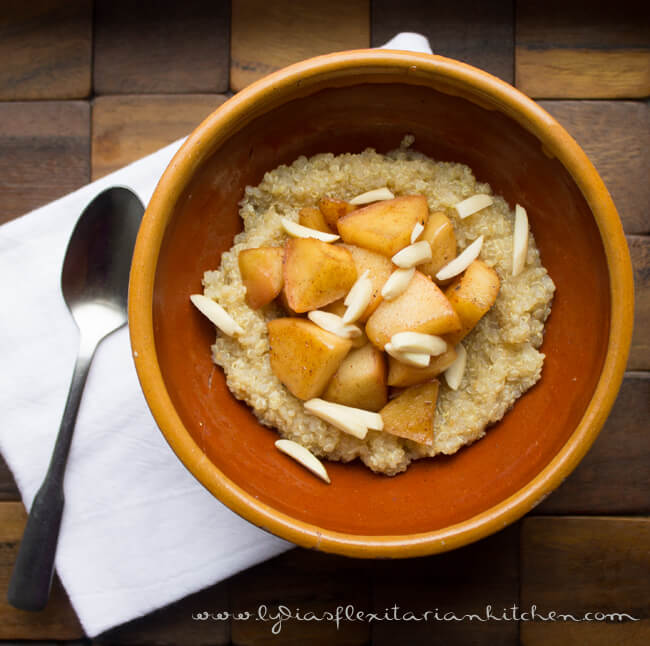
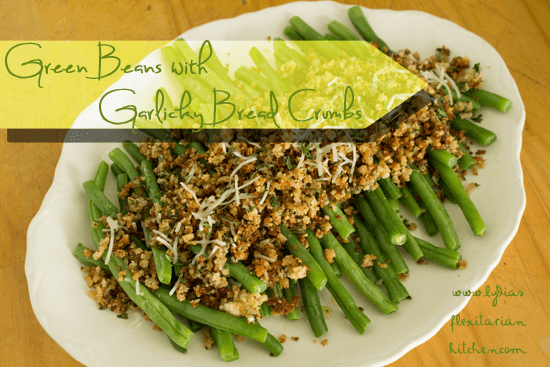
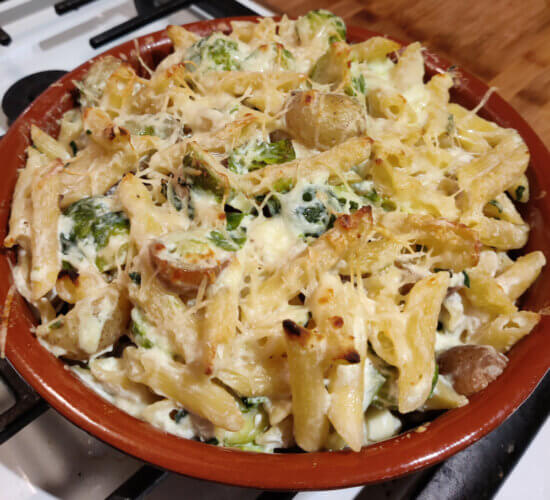
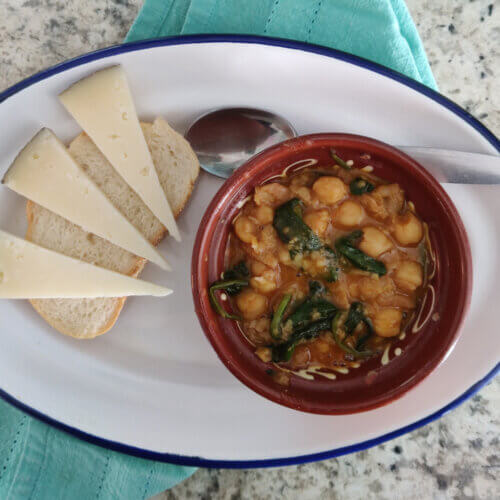
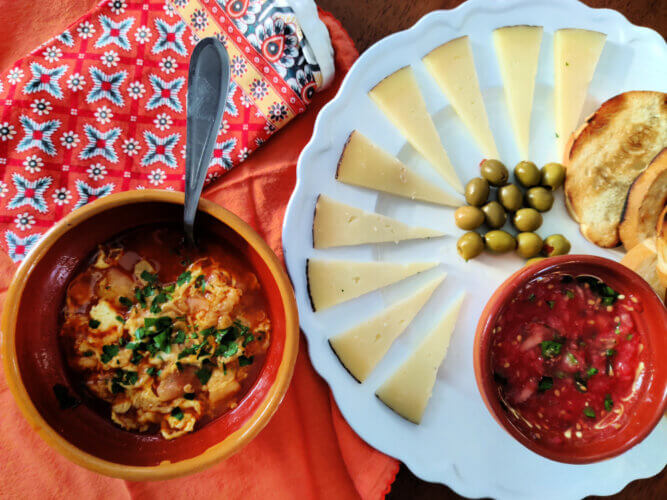
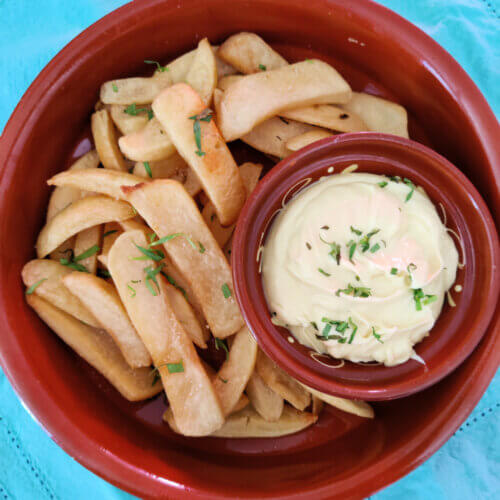
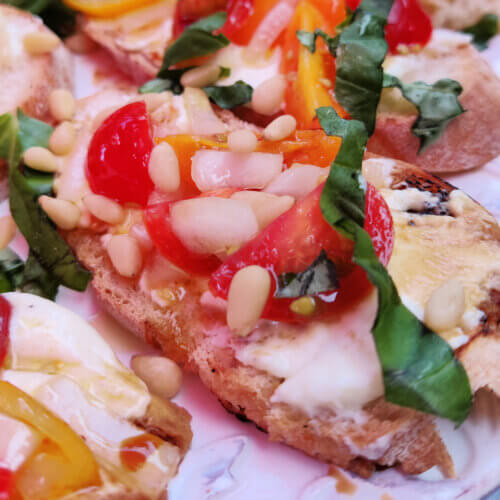
I never get creative with grains…guess I should start! Thanks for the inspiration and for sharing on the Daily Blog Boost last week!!!
– Brooke –
I think barley is a good one to start with. Good luck!
I’m working this year to clean up our eating habits a bit. Tonight we ate roasted chicken and roasted potatoes/onions. No processed food and it was delicious! Thanks for inspiring us to keep making diet changes and for linking to Family Fun Friday.
Best wishes as you continue your clean eating adventure 🙂
Greens and beans really do go well together. We eat loads of greens, but should eat more. And a greater variety of grains. Really good post – thanks.
Thanks John! I’ve been enjoying your culinary trip to Morocco 🙂
There are so many greens and grains that I want to try. I have to take it slow with the kids. I don’t want to give them to much new all at once, so I try to introduce new foods to them in familiar ways. Greens I think of all summer but come winter and they fade away a bit. I need to work on that. Certainly, makes for more interesting salads. My husband loves kale and spinach and will use them anywhere that we would use lettuce.
My favorite is collards, but Rick can’t stand them. I have to ease him into things, too. I know what you mean about the kids, though. My son has gotten more open to new foods as he’s gotten older, but when he was younger it was difficult to feed him.